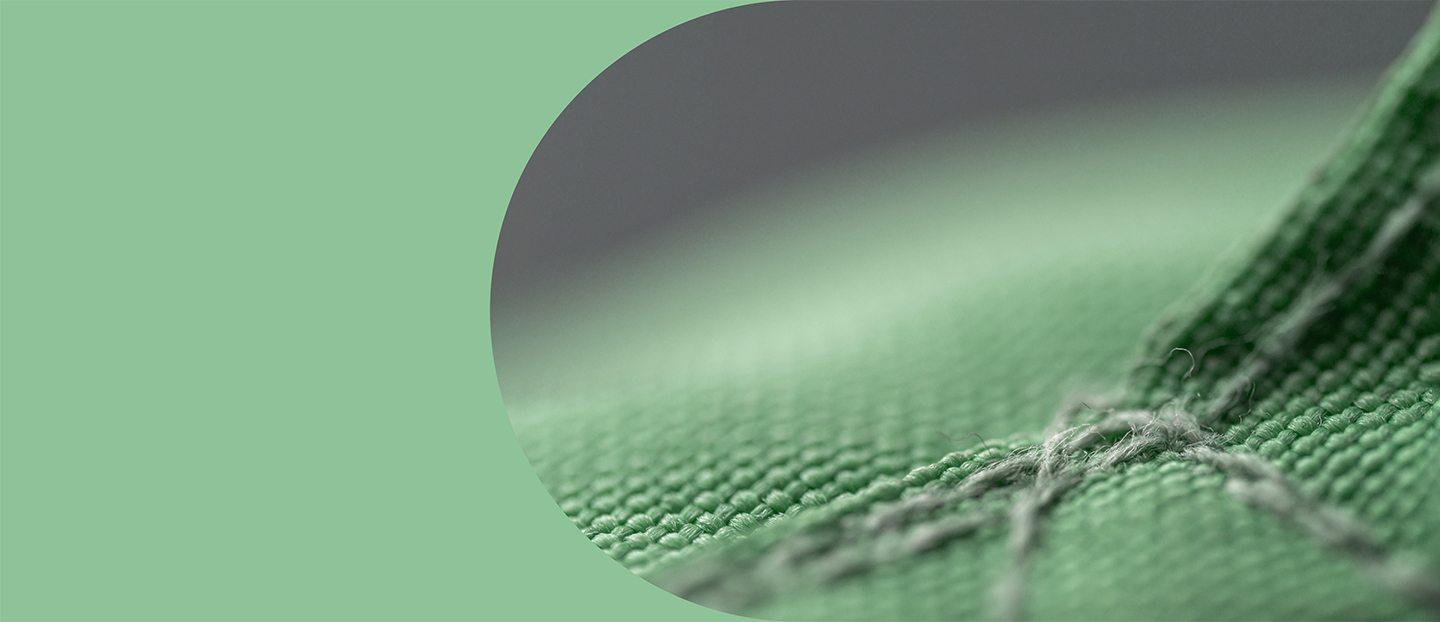Australian IP report 2025
Lead applicants
International
The list of leading international filers saw significant churn, with a number of new entrants from China’s technology sector (Figure 4.5).
Miss Amara, a rug producer that originated in Australia but now operates internationally, moved from fourth place to the lead international design filer in Australia, with 249 applications in 2024. Following was Apple Inc, in third place, and 2 Chinese technology producers, both new to the list of lead filers:
- In second place, Beijing Roborock Technology is a Chinese manufacturer of autonomous cleaning devices.
- In fourth place, BYD Company is a Chinese electric car designer and manufacturer.
Domestic
The list of lead domestic filers has a number of return entrants:
- Schneider Electric Australia (second)
- Phoenix Industries (third)
- Systems IP (fourth)
These companies were all amongst the top 2 domestic filers in 2022 or 2023.
Rounding out the top 10 were well established Australian businesses with filings predominantly concentrated in transport, building, and packaging.
Figure 4.5 Top domestic and international applicants for design rights in Australia, 2024
Australian filings abroad
In 2023, 2,266 design applications were filed abroad by Australian applicants, based on the latest available data from WIPO. Australian filings abroad grew by 4.8% from the highest recorded level.
The leading destination markets for Australian design filings are the United States, New Zealand, China, United Kingdom, and the European Union Intellectual Property Office (EUIPO), as shown in Figure 4.6. Australian filings grew in 3 of 5 lead destinations, up 3.7% in the US, 15.2% at the EUIPO, and 15.0% in the United Kingdom (UK).
Following Brexit, from 1 January 2021, applicants have been required to register designs directly with the United Kingdom Intellectual Property Office (UKIPO), rather than with the EUIPO, to obtain protection within the UK.1 This change in requirements explains the recent growth in Australia’s UK filings.
Figure 4.6 Leading overseas destinations for design applications by Australians, 2023
Source: WIPO
International negotiations for a new Design Law Treaty successfully concluded in November 2024 with consensus agreement to establish the Riyadh Design Law Treaty (the Riyadh Treaty), after negotiations spanning 20 years.
The Riyadh Treaty is important for Australia, because it aims to minimise regulatory burdens and simplify access to international markets for Australian designers of all sizes.
Key outcomes include:
- Consistent grace periods, allowing designers 12 months after first publicly disclosing their design to file an application without affecting the design's validity for registration. Reservations are available for contracting parties whose law does not yet comply.
- A maximum list of indications or elements designers must submit with an application, so applicants will know exactly what is required.
- A simplified procedure for requesting renewal of a design registration.
- Relief measures and flexibility so designers don’t automatically lose their rights if they miss a deadline.
- Allowing several designs in a single application (under certain conditions).
- Flexibility for member countries to create or keep their own rules about disclosure of Indigenous Knowledge used in designs applications, including Traditional Cultural Expressions and Traditional Knowledge.
Australia’s participation in the treaty will be subject to further government consideration.
- Changes to EU and international designs and trade mark protection, GOV.UK (2020)

